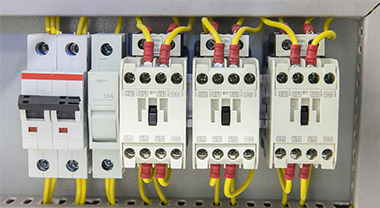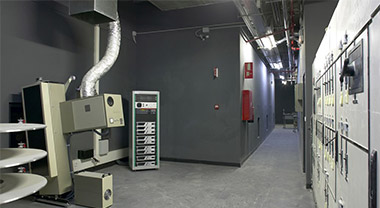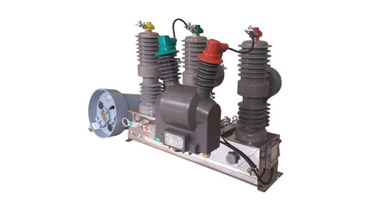Setting principle of low voltage circuit breaker
Setting principles of low-voltage circuit breakers:
1) During normal operation and normal starting, the circuit should not be cut off. Regarding that the circuit breaker does not operate when starting, take a representative cage motor as an example, and perform calculation and verification according to the following requirements. The setting current Ir1 of the long time delay release of the circuit breaker generally does not consider the influence of the motor starting. The setting current Ir2 of the short-delay release should avoid the starting current of the largest motor, and use the following formula to calculate Ir2≥1.1 (IL+1.35 KIMm), where IL is the calculated load current of the line, A; K is the maximum one The starting current multiple of the motor; IMm is the rated current of the largest motor, A. The instantaneous release setting current Ir3 should avoid the full starting current of the largest motor. Use the following formula to calculate Ir3≥1.1 (IL+K1 KIMm) where IL is the calculated load current of the line, A; K1 is the peak factor of the motor starting current , K1=1.7~2; K is the starting current multiple of the largest motor; IMm is the rated current of the largest motor, A.
2) When the circuit is faulty, the faulty circuit should be cut off reliably.
3) When the circuit is faulty, all levels of protection appliances should selectively cut off the circuit.
These three requirements are often contradictory. The task of power distribution system design is to select the protection appliances reasonably and set their parameters correctly. For example, the rated current or the setting current of the protection appliances is limited by items 1) and 2). The speed of the action time is restricted by items 2) and 3). It is necessary to carefully calculate, verify, coordinate contradictions, and achieve unity of opposites to meet the requirements of the specification.




